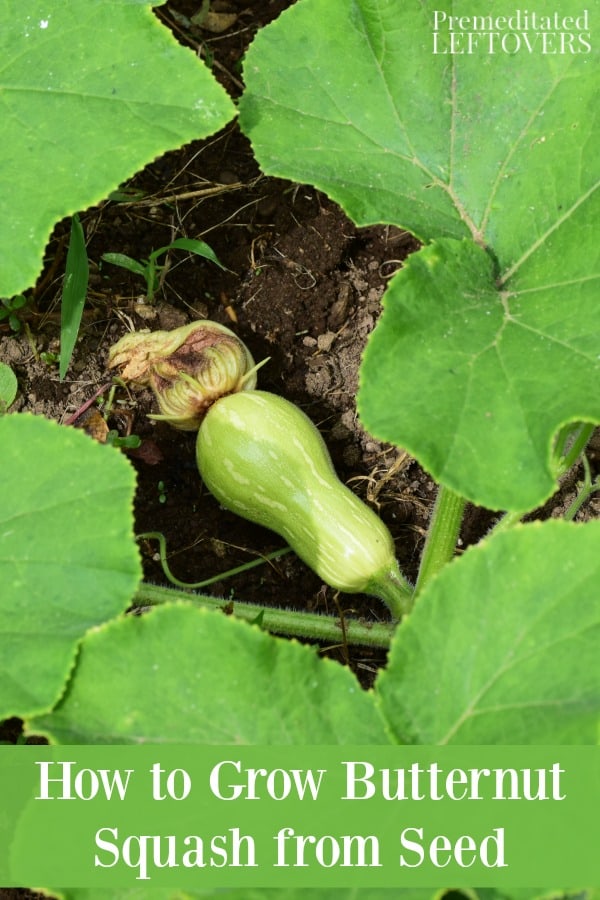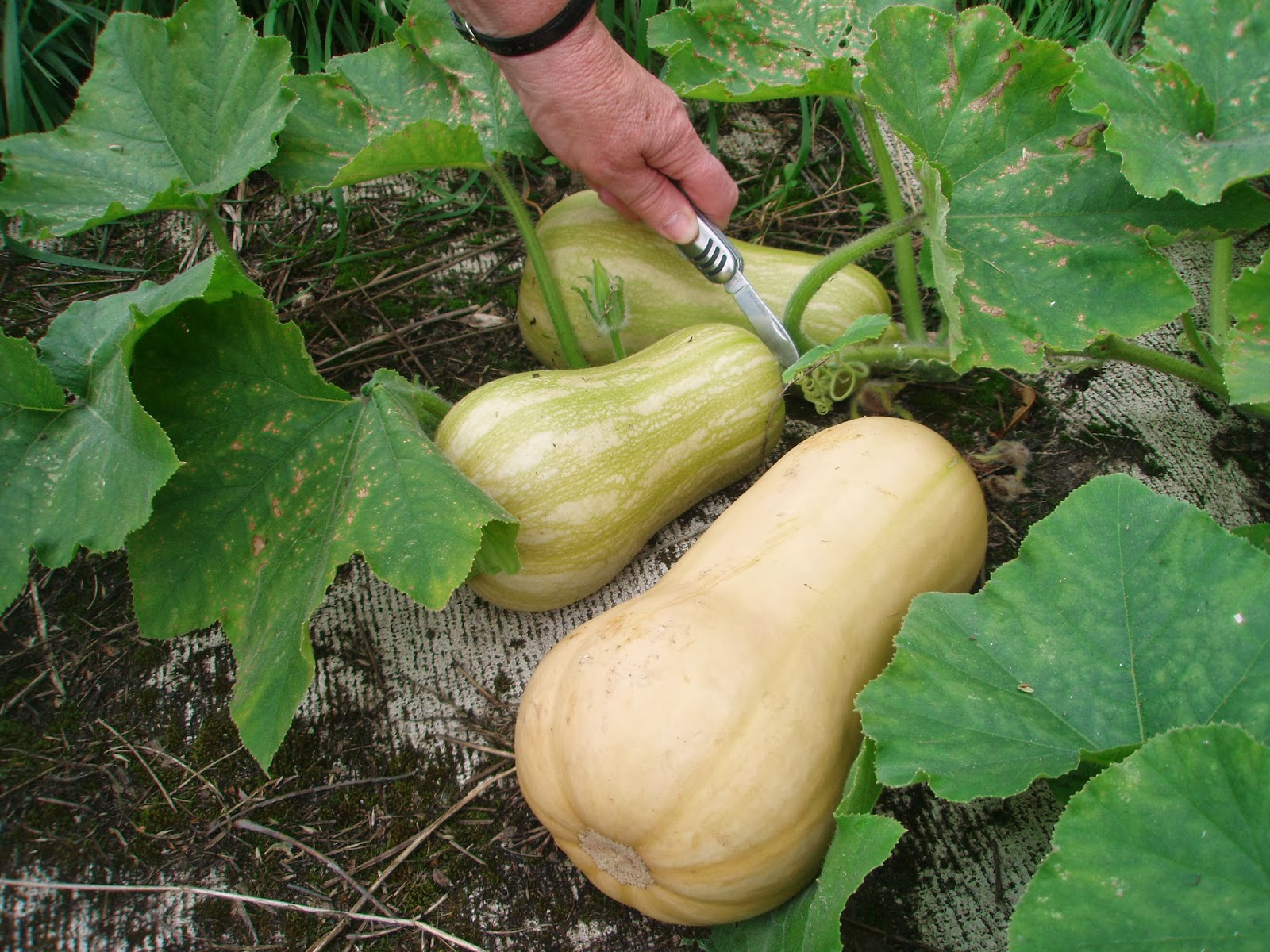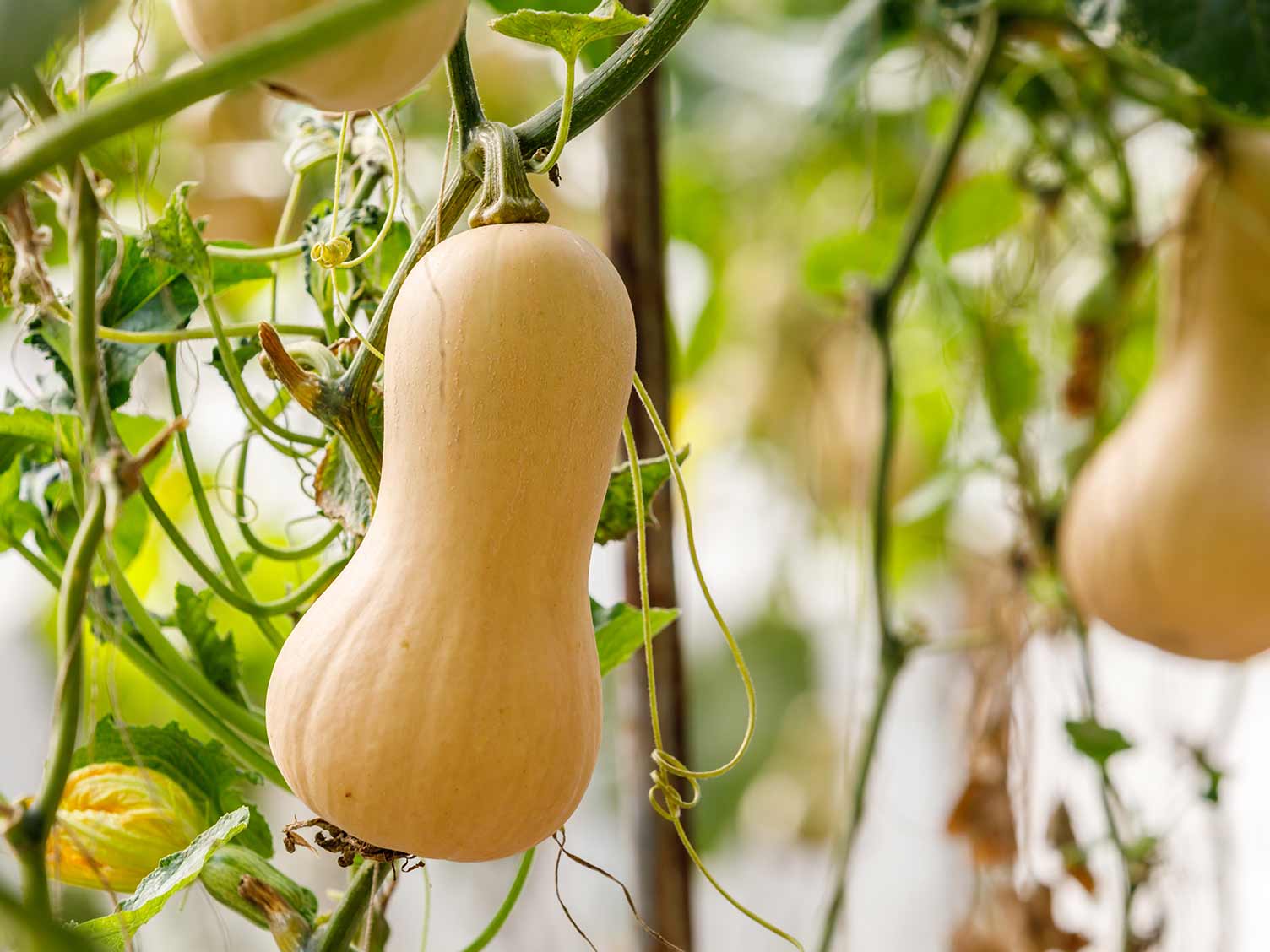Choosing the Perfect Time to Plant Butternut Squash Seeds
Timing is crucial when planting butternut squash seeds. The ideal time to plant butternut squash seeds depends on various factors, including climate, soil conditions, and region. In general, butternut squash seeds thrive in warm weather, with temperatures ranging from 65°F to 95°F (18°C to 35°C). It’s essential to wait until the soil has warmed up and the risk of frost has passed before planting. In areas with a short growing season, it’s recommended to start butternut squash seeds indoors 2-3 weeks before the last frost date, and then transplant them outside when the weather is suitable. By understanding the optimal climate and soil conditions, gardeners can increase their chances of a successful harvest. When to plant butternut squash seeds is a critical decision that can make all the difference in the growth and development of the plant.
Understanding the Life Cycle of Butternut Squash
Butternut squash growth can be divided into several stages, each with its unique requirements and challenges. Understanding these stages is crucial for making informed planting decisions and ensuring a successful harvest. The life cycle of butternut squash begins with germination, which typically occurs 7-10 days after sowing the seeds. During this stage, the seeds require consistent moisture and warm temperatures to sprout. Once germinated, the seedlings enter the vegetative growth stage, characterized by rapid leaf growth and development. As the plants mature, they enter the reproductive stage, where they produce flowers and eventually fruit. Finally, the fruit matures and is ready for harvest. By understanding the different stages of butternut squash growth, gardeners can tailor their care and attention to meet the specific needs of their plants, ultimately leading to a more bountiful harvest. When to plant butternut squash seeds is critical, as it sets the stage for the entire growth cycle.
How to Prepare Your Soil for Butternut Squash Planting
Preparing the soil is a crucial step in ensuring a successful butternut squash harvest. Butternut squash seeds thrive in well-draining, nutrient-rich soil with a pH level between 6.0 and 6.8. To create an ideal soil environment, start by testing the pH level of your soil and adjusting it if necessary. Add organic matter such as compost or manure to improve soil structure and fertility. Remove any debris, rocks, and weeds that may compete with your butternut squash plants for water and nutrients. Till the soil to a depth of 12-18 inches to loosen and aerate it, making it easier for the roots to grow. When to plant butternut squash seeds is also influenced by soil temperature, which should be at least 60°F (15°C) for optimal germination. By taking the time to prepare the soil, gardeners can set their butternut squash plants up for success and increase their chances of a bountiful harvest.
The Role of Weather in Butternut Squash Planting
Weather plays a significant role in the growth and development of butternut squash plants. Ideal weather conditions for butternut squash growth include warm temperatures, adequate moisture, and sufficient sunlight. Butternut squash seeds germinate best in temperatures between 65°F (18°C) and 85°F (29°C), with optimal growth occurring at temperatures above 70°F (21°C). Consistent moisture levels are also crucial, with butternut squash plants requiring about 1 inch of water per week. Full sun is essential for butternut squash growth, with plants requiring at least 6 hours of direct sunlight per day. When to plant butternut squash seeds is also influenced by weather patterns, with gardeners in regions with short growing seasons needing to plant earlier to ensure a successful harvest. By understanding the impact of weather on butternut squash growth, gardeners can make informed planting decisions and take steps to mitigate the effects of adverse weather conditions.
When to Plant Butternut Squash in Different Regions
Butternut squash is a warm-season crop that thrives in regions with long growing seasons. However, the ideal time to plant butternut squash seeds varies depending on the region’s climate and weather patterns. In temperate regions with mild winters, such as the southern United States, butternut squash seeds can be planted in late spring to early summer, when the soil has warmed up to at least 60°F (15°C). In regions with cooler summers, such as the northern United States and Canada, butternut squash seeds should be planted in late spring to early summer, after the last frost. In areas with short growing seasons, such as the mountainous regions of the western United States, butternut squash seeds should be planted in early spring, as soon as the soil can be worked. Understanding the specific climate and weather patterns of your region is crucial when deciding when to plant butternut squash seeds, as it can significantly impact the success of your harvest. By planting at the right time, gardeners can ensure that their butternut squash plants have enough time to mature before the first frost.
Tips for Direct Sowing vs. Starting Indoors
When it comes to planting butternut squash seeds, gardeners have two options: direct sowing or starting indoors. Both methods have their advantages and disadvantages, and understanding the pros and cons of each approach can help gardeners make informed decisions. Direct sowing butternut squash seeds is a simple and cost-effective method that allows seeds to germinate and grow in their final position. This approach is ideal for regions with long growing seasons and warm soil temperatures. On the other hand, starting butternut squash seeds indoors 2-3 weeks before the last frost date can give them a head start on the growing season. This approach is beneficial for regions with short growing seasons or cool soil temperatures. However, indoor starting requires more effort and resources, including seed trays, potting mix, and grow lights. When deciding between direct sowing and indoor starting, gardeners should consider factors such as climate, soil temperature, and available space. By choosing the right approach, gardeners can increase their chances of success and enjoy a bountiful butternut squash harvest. Remember, butternut squash seeds when to plant is crucial, and understanding the different planting methods can help gardeners make informed decisions.
Common Mistakes to Avoid When Planting Butternut Squash
When planting butternut squash seeds, it’s essential to avoid common mistakes that can lead to poor germination or stunted growth. One of the most critical mistakes is planting butternut squash seeds too early, when the soil temperature is still too cool. Butternut squash seeds require a soil temperature of at least 60°F (15°C) to germinate, so planting too early can result in poor germination rates. Another common mistake is not providing enough space between plants. Butternut squash plants require adequate space to spread out and receive sufficient sunlight, so planting them too close together can lead to overcrowding and reduced yields. Additionally, failing to provide adequate support for the plants can lead to sprawling and reduced fruit production. By avoiding these common mistakes, gardeners can increase their chances of success and enjoy a bountiful butternut squash harvest. Remember, butternut squash seeds when to plant is crucial, and understanding the common mistakes to avoid can help gardeners make informed decisions. By being aware of these potential pitfalls, gardeners can take steps to ensure optimal growing conditions and maximize their harvest.
Getting the Most Out of Your Butternut Squash Harvest
Once butternut squash plants are established, it’s essential to provide them with the right care to ensure a bountiful harvest. One of the most critical factors is watering, as butternut squash plants require consistent moisture levels to produce healthy fruit. Aim to provide about 1 inch of water per week, either through rainfall or irrigation. Fertilizing is also crucial, as butternut squash plants are heavy feeders. Use a balanced fertilizer that is high in phosphorus to promote fruit production. Additionally, keep an eye out for common pests such as aphids, squash bugs, and powdery mildew, and use organic or integrated pest management methods to control them. By providing the right care, gardeners can increase their chances of getting the most out of their butternut squash harvest. Remember, butternut squash seeds when to plant is just the first step, and proper care is essential for a successful harvest. By following these tips, gardeners can enjoy a bountiful harvest of delicious and nutritious butternut squash.








